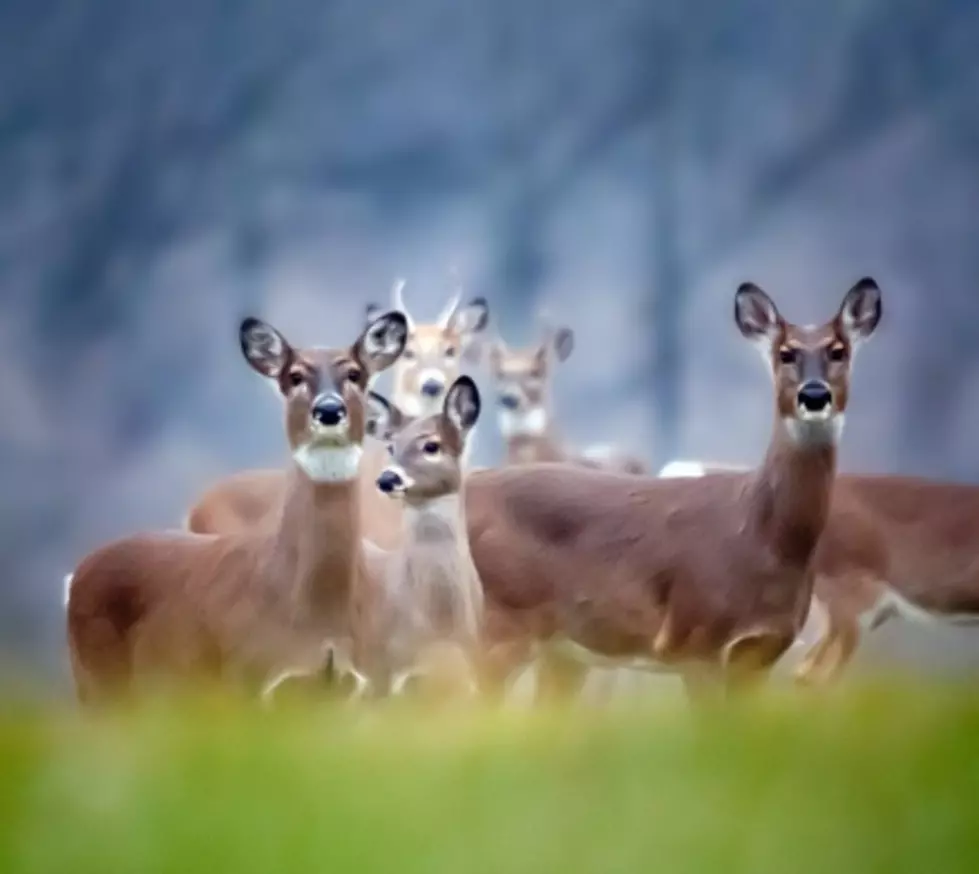
EHD Worries South Dakota Deer Hunters
From what I’m hearing things could be even worse for our neighbors to the south in Nebraska. Jeff Kurras of the Nebraska Game and Parks Commision says,
Hunters in northern and eastern counties say they have seen large numbers of dead deer floating down rivers, in creek channels and in cut grain fields. The Nebraska Game and Parks Commission has received more than 3,000 reports regarding dead deer.
EHD is caused by biting midges and usually occurs in late summer and early fall. Effects include the swelling of the head and nec,k and hemorrhages in the heart. While severe cases can kill animals in one to three days, many times deer become emaciated and immobile over a period of weeks before eventually succumbing to the virus. The disease kills some deer each year, but harsh drought conditions throughout the state have accelerated its impact on Nebraska’s white-tailed deer herd.
More than anyone, landowners will know what they are seeing this year compared to other years.
Another important tip, especially because the virus is so localized, is to simply see for yourself. If you are not archery hunting already, start scouting for your firearm and muzzleloader seasons. As a hunter myself, I have seen really mixed results when afield. In one location I hunt in Burt County our deer numbers are steady if not slightly up. When talking to farmers there who have been harvesting crops for the last couple of weeks, they have not seen a dead deer.
However, in land I hunt near Springfield, there have been two deer found on a 40-acre plot of land, and trail camera photos, usually plentiful this time of year, have all but vanished. Yet in the woods I still saw a fair amount of deer.Yes, the deer herd will be affected, but learn more about what you are hunting in the coming weeks so you can make a logical decision about purchasing permits for the current and upcoming seasons. And report any deaths that may be attributed to EHD to your nearest Game and Parks office.
Humans are not at risk by handling or eating venison from infected deer, or from being bitten by infected midges. Therefore, root for the first hard frost, which should kill the midges that transmit this virus, and continue to hunt. I know I will.
There you have it. Information can be very valuable when making plans for hunting this fall. I just got off the phone a few minutes ago with one of the guys who lives where I hunt. They have found a few deer this year but with the harsh summer conditions don't seem too surprised.
Give your farmers/landowners a call and see what they are thinking. In the meantime, while others are hoping for a long, warm fall, keep cheering for a killing frost.
More From KIKN-FM / Kickin' Country 99.1/100.5







![Auto-Tuned Honey Boo Boo: ‘Everyone’s a Little Gay’ [VIDEO]](http://townsquare.media/site/341/files/2012/09/HoneyBooBOo.jpg?w=980&q=75)
